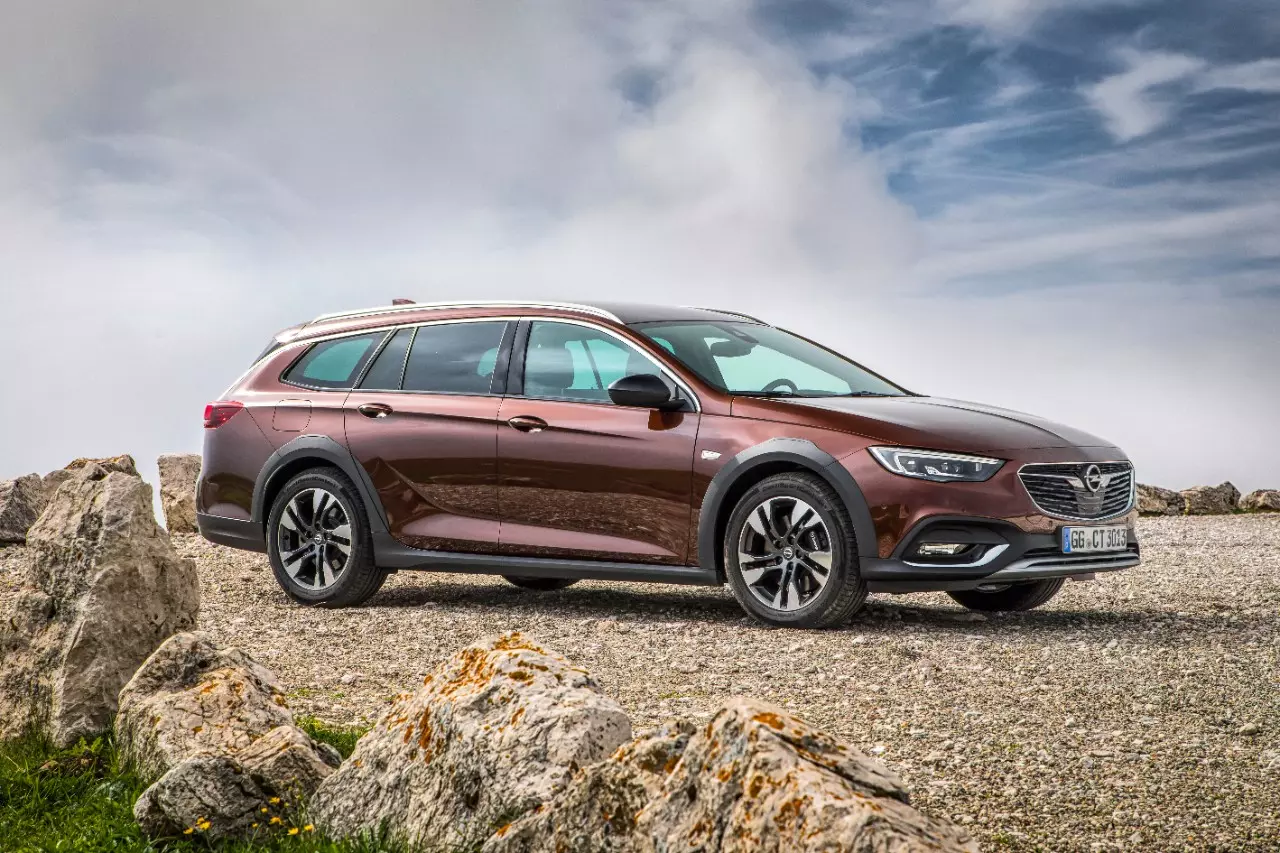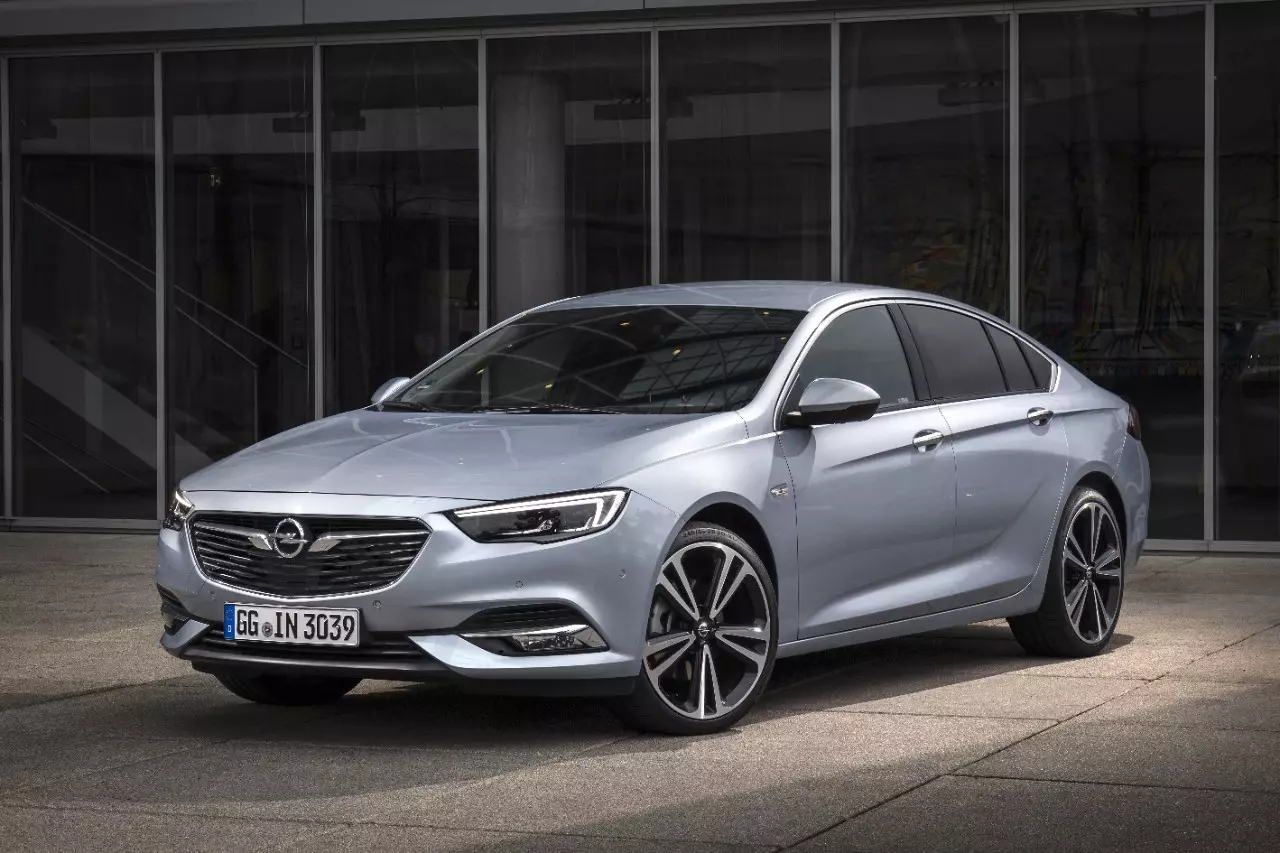The new 2.0 BiTurbo diesel engine from Opel it delivers 210 hp of power at 4000 rpm and 480 Nm of maximum torque from 1500 rpm. This high performance is achieved thanks to the supercharger system with two turbochargers that work in sequence, in two stages.
The official consumption according to the New European Driving Cycle standard, in the Grand Sport (seat) is 8.7 l/100 km in urban circuit, 5.7 l/100 km in extraurban circuit and 6.9 l/100 km km on a mixed circuit, this corresponding to CO2 emissions of 183 g/km. The new Insignia BiTurbo can accelerate from zero to 100 km/h in just 7.9 seconds and reach a top speed of 233 km/h.
binary vectoring system
The new engine appears in the Opel Insignia always in combination with the new eight-speed automatic transmission and the new all-wheel drive system with torque vectoring, technology presented by Opel for the new generation Insignia.

In addition to the power output, the availability of torque and the refinement of the new engine are improvements compared to the current 2.0 Turbo D with 170 hp (NEDC consumption in the front-wheel-drive Grand Sport: urban 6.7 l/100 km, extra-urban 4, 3 l/100 km, mixed 5.2 l/100 km, CO2 emissions 136 g/km).
Engine compatible with the "future"
The new four-cylinder BiTurbo is the first Opel engine to meet the requirements of the Euro 6.2 standard, which will come into effect in autumn 2018 and is valid for all new vehicles registered from that time onwards.So, alongside the NEDC numbers, Opel released consumption figures for this engine according to the Worldwide Harmonized Lightduty Vehicles Test Procedure (WLTP) standard – find out more here. The WLTP standard takes into account different types of driving, which allows consumers to better assess the level of consumption at which they may find themselves
The WLTP values (Insignia Grand Sport 2.0 BiTurbo: range 12.2-6.2 [1] l/100 km; mixed cycle 8.0-7.5 l/100, CO2 emissions between 209-196 g/km) they translate consumption much more realistically compared to the official NEDC standard (Insignia Grand Sport 2.0 BiTurbo: urban 8.7 l/100 km, extra-urban 5.7 l/100 km, mixed 6.9 l/100 km, emissions CO2 of 183 g/km).
Concern about emissions
Like the 2.0 Turbo D we already know, Opel's new top-of-the-range Diesel has an exhaust gas treatment system with a selective reduction (SCR) catalyst, with AdBlue injection, to reduce nitrogen oxide emissions ( NOx).
The 2.0 BiTurbo's exhaust also features an industry standard particulate filter that is placed closer to the engine, warming up more quickly and being able to regenerate even at low exhaust temperatures (driving at a slower pace).
How do turbos work?
During all phases of development, Opel tried to achieve an engine that was both efficient and dynamic. The air is admitted by the first turbocharger, where it is compressed and passed to the second turbine. This management is carried out using variable geometry technology, thus improving performance at low speeds and increasing power output at higher revs.

On the inlet side there is also a heat exchanger which cools the compressed air before it enters the combustion chamber. Here, diesel injection is carried out by seven-hole injectors, capable of performing up to 10 sequences per engine cycle, at very high pressures (2000 bar).
Depending on the operating regime of the engine and the load required, the boost pressure is controlled through three passage valves and an electric actuator on the turbine.
In addition to delivering power, another Opel concern was running smooth. Hence the option for a wrought iron crankshaft architecture, balance shafts, reinforced engine flywheel and two-section crankcase, in order to reduce the vibrations and noise typical of diesel engines. To lower consumption, the water pump is electric and only turns on when the coolant temperature reaches a certain level.
